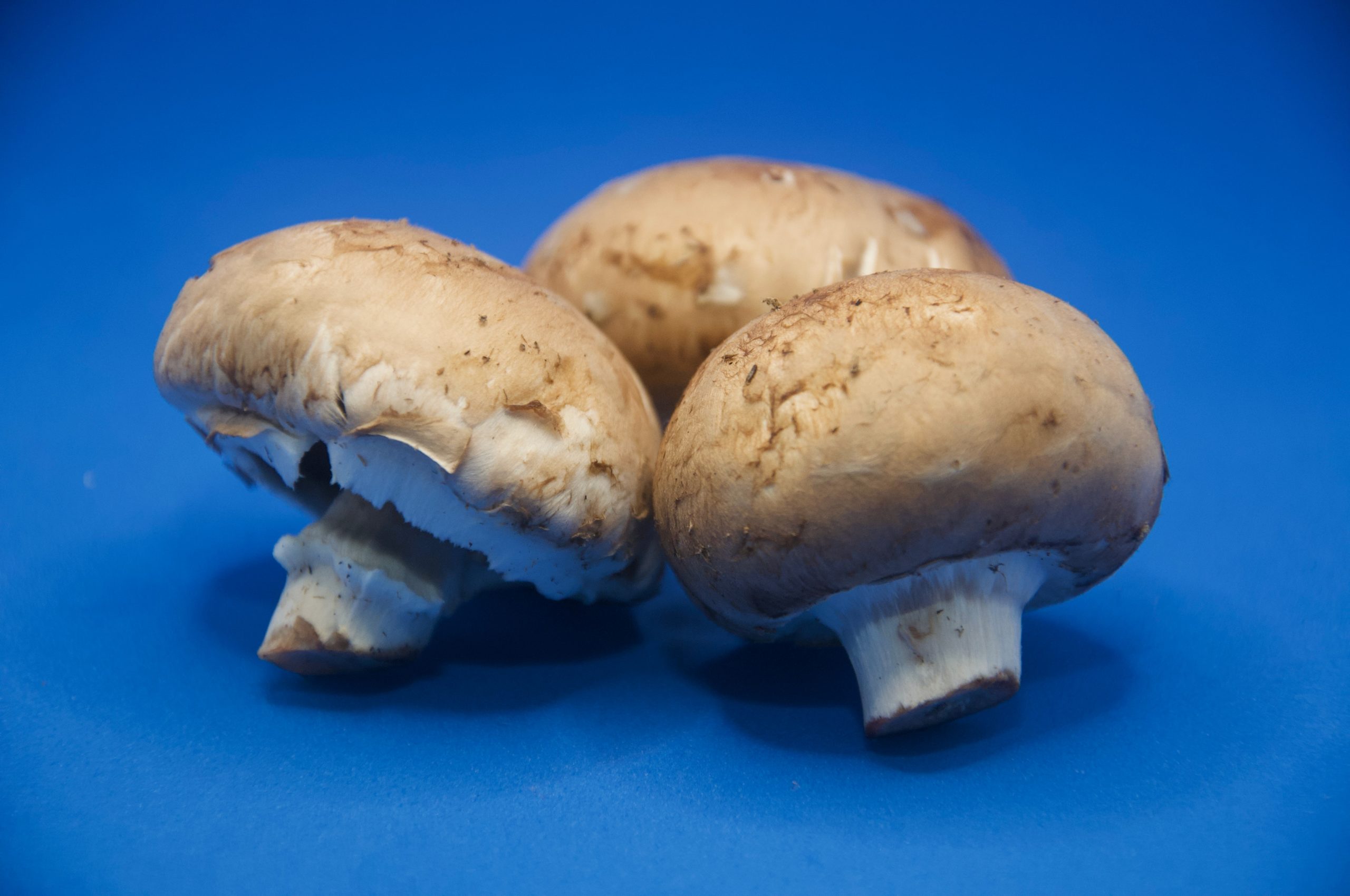Growing mushrooms at home can be a rewarding and fascinating endeavor. Whether you’re a culinary enthusiast looking to harvest fresh and flavorful mushrooms or an aspiring mycologist curious about the intricacies of fungal cultivation, do-it-yourself mushroom growing offers an accessible and fulfilling way to connect with nature’s coolest organisms. In this article, we’ll provide a step-by-step guide to help you embark on your own mushroom-growing journey, from selecting the right mushroom species to creating an optimal growing environment.
1. Choosing the Right Mushroom Species
The first step in DIY mushroom cultivation is selecting the appropriate mushroom species for your specific growing conditions and desired outcomes. Some popular choices for beginners include oyster mushrooms, shiitake mushrooms, and white button mushrooms. These species are relatively easy to grow, require minimal equipment, and have a shorter growth cycle.
2. Preparing the Growing Substrate
Mushrooms require a substrate—a material on which they can grow. Depending on the species, suitable substrates can include straw, sawdust, coffee grounds, or a combination of these materials. The substrate provides the necessary nutrients for the mushrooms to thrive. To prepare the substrate, it is often necessary to sterilize or pasteurize it to eliminate competing organisms that could hinder mushroom growth. This can be done using methods such as boiling, steaming, or using a pressure cooker.
3. Inoculation and Spawn
After preparing the substrate, it’s time to introduce mushroom spawn—a vegetative mycelium culture—to kickstart the growth process. Mushroom spawn can be purchased from specialized suppliers or obtained from a previous successful mushroom cultivation. The spawn is mixed thoroughly with the substrate material to ensure even distribution. This step is crucial for providing the mycelium with the necessary nutrients and environment to colonize the substrate fully.
4. Creating the Ideal Growing Environment
Mushrooms have specific environmental requirements for successful growth. Factors such as temperature, humidity, and airflow play significant roles. Most mushrooms thrive in humid environments with temperatures ranging from 60°F to 75°F (15°C to 24°C). It is essential to maintain consistent humidity levels by misting the growing area regularly or using a humidifier. Proper ventilation is also crucial to prevent the growth of mold or bacteria and provide the necessary oxygen for mushroom growth. Some mushroom species may benefit from specific lighting conditions, such as providing indirect light during the fruiting stage.
5. Harvesting and Enjoying Your Mushrooms
Once the mycelium has fully colonized the substrate, you will begin to see the formation of mushroom fruiting bodies. Harvest the mushrooms when they have reached the desired size and appearance. Pluck or cut the mushrooms close to the substrate, taking care to keep the substrate intact to allow for regrowth. Enjoy your homegrown mushrooms in a variety of culinary creations, adding unique flavors and textures to your meals. Remember to store any unused mushrooms properly to maintain their freshness.
Embarking on a DIY mushroom-growing adventure allows you to witness the remarkable life cycle of fungi and enjoy the satisfaction of cultivating your own food. By carefully selecting the right mushroom species, preparing the growing substrate, inoculating with spawn, and providing an ideal growing environment, you can create a flourishing mushroom garden in the comfort of your home. Experimenting with different species and techniques will deepen your understanding of mycology and further enhance your mushroom-growing skills. So, roll up your sleeves, gather your supplies, and dive into the fascinating world of DIY mushroom cultivation.

